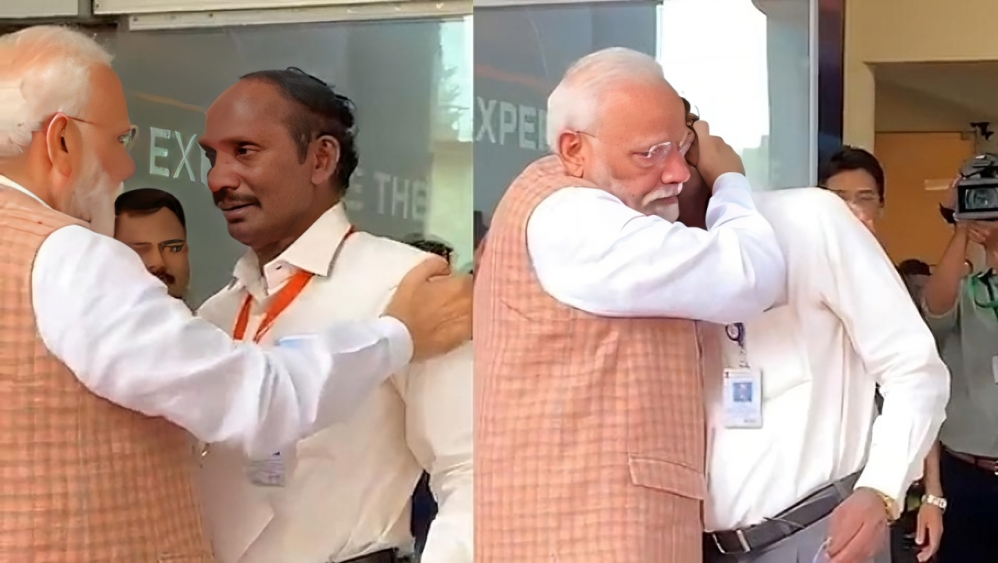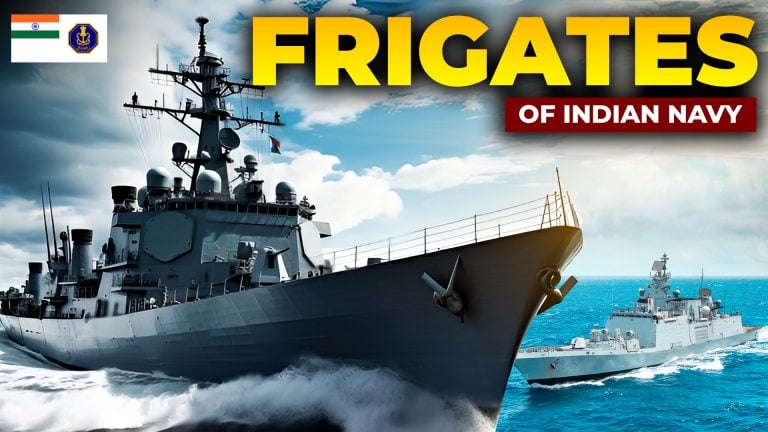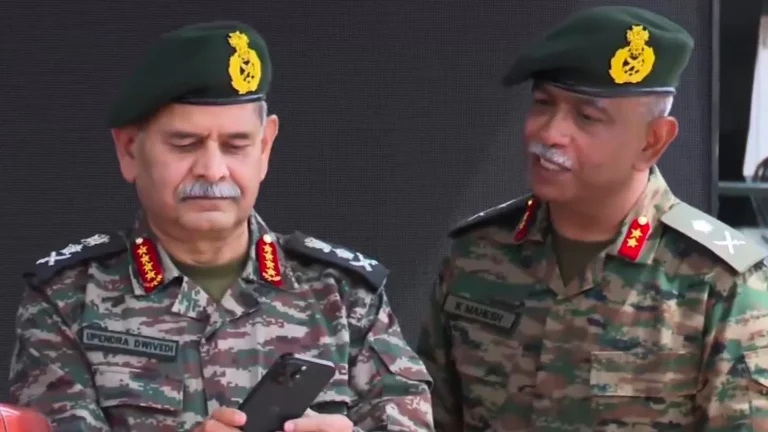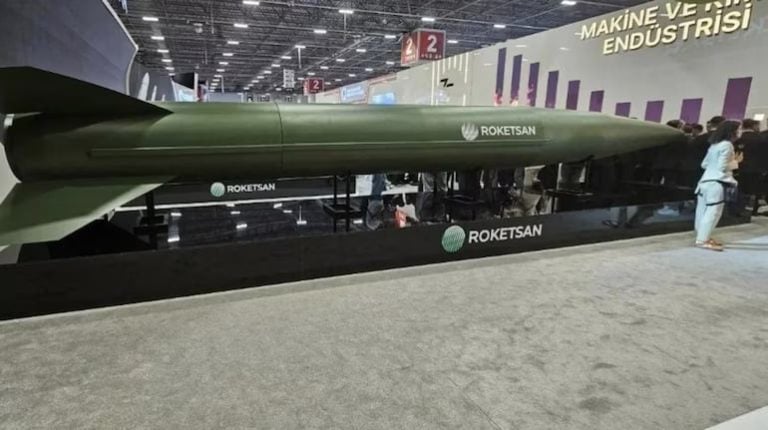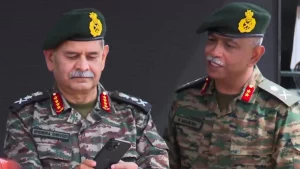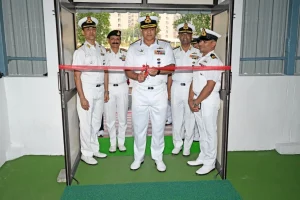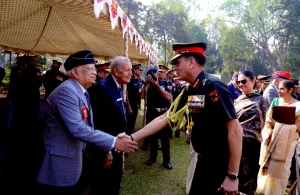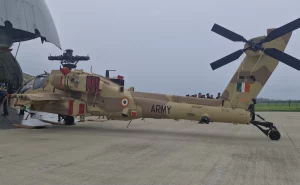On May 17, 2025, the Indian Space Research Organisation (ISRO) successfully launched the PSLV-C61 mission from the Satish Dhawan Space Centre in Sriharikota, marking a significant milestone as the 101st launch from this prominent spaceport. The mission was intended to deploy the EOS-9 satellite, which was engineered to support critical applications, including all-weather day-night border surveillance, disaster management, and urban planning. Unfortunately, a pressure drop in the rocket’s third stage shortly after lift-off resulted in the inability to place EOS-9 into its intended orbit.
The setback, though disappointing, reflects the inherent complexities of space exploration, where even the most seasoned agencies encounter occasional failures. ISRO stands out for its resilience, viewing such moments not as setbacks but as valuable lessons. This philosophy emphasizes introspection, analytical rigor, and a focus on improvement rather than surrender.
ISRO’s optimistic outlook is deeply rooted in over five decades of experience, with each mission contributing to a growing pool of knowledge that propels India’s space ambitions forward. The PSLV-C61, weighing 1,696.24 kg and towering at 44.5 meters, had completed its 63rd flight and was the 27th mission utilizing the XL configuration optimized for heavier payloads.
Failures have been an integral part of ISRO’s journey, but each has been a stepping stone towards a more resilient future. Since its inception in 1969, ISRO has evolved into a global space power, boasting an impressive success rate across a diverse range of missions, from remote sensing to interplanetary probes. Anomalies have been few but significant, each meticulously analyzed to glean insights that inform future endeavors. This iterative process has led to enhancements in engineering practices, quality control, and mission planning.
Notable examples of past failures that have informed ISRO’s evolution include the SLV-3 mission in 1979, where India’s first satellite launch failed due to a malfunction in the fourth stage. Instead of retreating, ISRO’s scientists analyzed the failure and successfully launched the Rohini satellite a year later, establishing India’s independent capabilities.
The communication satellite INSAT-1A, launched in 1982, faced functional issues shortly after deployment. This prompted ISRO to accelerate the development of subsequent satellites, culminating in the successful launch of INSAT-1B, and enhancing India’s telecommunications landscape.
More recently, the GSLV-D1 mission in 2001 and GSLV-D3 in 2010 exposed critical challenges in cryogenic engine technology, leading ISRO to invest years into redesign and validation, resulting in advancements that powered significant missions such as Chandrayaan-2.
The loss of GSAT-6A in 2018 highlighted vulnerabilities in satellite operations, yet it resulted in improved monitoring protocols and enhanced reliability in subsequent satellite missions.
Chandrayaan-2’s partial failure in 2019, which resulted in the Vikram lander crashing during its descent, became a pivotal lesson. Despite the setback, the orbiter continued to relay data, and the lessons learned spurred the successful landing of Chandrayaan-3 in 2023.
ISRO’s resilience is underpinned by a culture of thorough analysis, redesign, and testing following failures. The organization employs a blame-free culture that encourages open dialogue about challenges, allowing for greater creativity and problem-solving. Moreover, ISRO emphasizes indigenous innovation, ensuring that its technologies are tailored to meet India’s unique needs while fostering a sense of self-reliance.
The immediate future remains bright for ISRO, with plans for the replacement of EOS-9 already in place. Current satellite systems continue to fulfil many of its intended applications, ensuring that critical functions—such as border surveillance, disaster response, and urban planning—remain uninterrupted.
ISRO is also actively engaged in various other projects, like the Chandrayaan-3 mission, which successfully landed on the Moon, the Aditya-L1 mission studying solar phenomena, and preparations for Gaganyaan, which aims to send Indian astronauts into space. Additionally, ISRO continues to thrive as a global launch partner, expanding its international collaborations and bolstering its position in the global space market.
In essence, ISRO’s approach to failure encapsulates a broader lesson applicable to any field: setbacks are not the end, but rather opportunities for growth. With a commitment to learning and innovation, ISRO has not only solidified India’s status as a leader in space technology but also inspired countless individuals around the globe.
